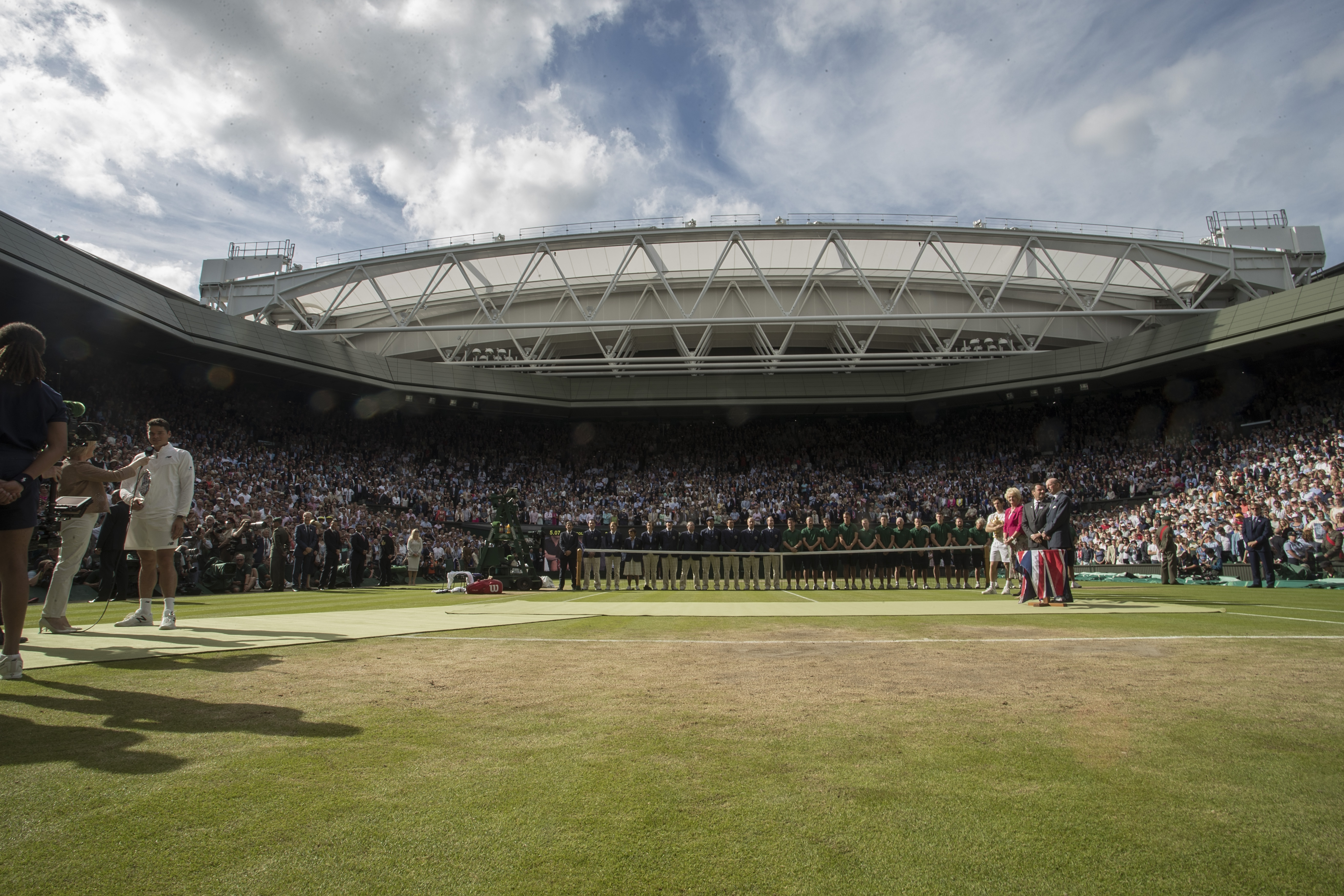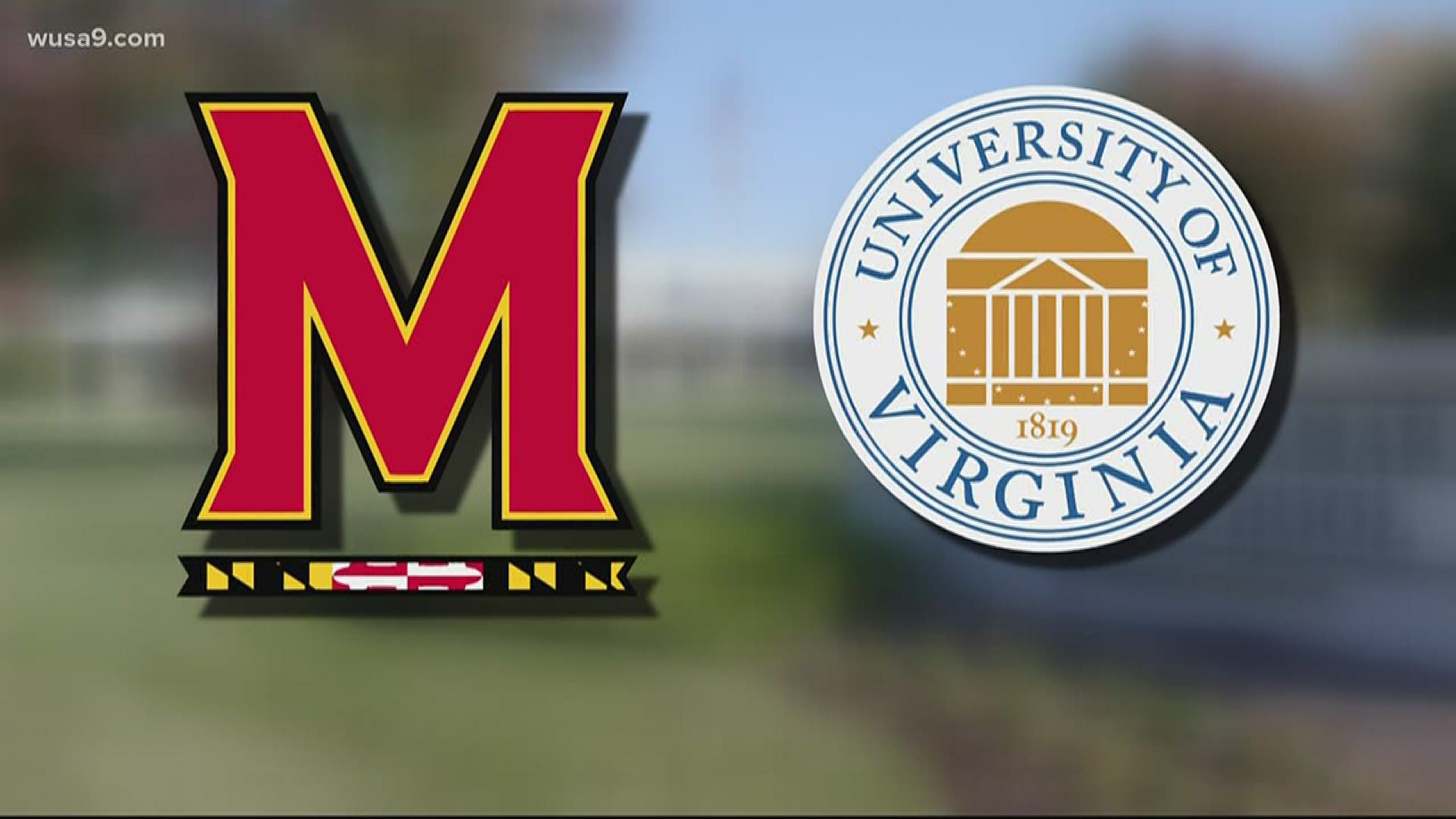![Tennis Channel Court Report: Murray takes Wimbledon [video : 86923084]](http://videos.usatoday.net/Brightcove2/29906170001/2016/07/29906170001_5029942733001_5029925698001-vs.jpg?pubId=29906170001)
WIMBLEDON, England — Stodgy though it may seem, with its strict all-white dress code and carefully manicured lawns, Wimbledon has become an unlikely leader in social media in sports.
With active, pioneering presences on Snapchat, Twitter, Vine, and Facebook, as well as an unconventional approach to building online content and its app, Wimbledon has worked to merge tradition with the future.
This work has been led over the past five years by Alexandra Willis, the head of communications, content, and digital at the All-England Club, who led a push to make the virtual experience of Wimbledon "the next best thing to being here."
Wimbledon is a wildly popular event already, which gives Willis the luxury of not needing to feel pressure to sell tickets, like many digital presences in sports are designed to do.
![https://twitter.com/Wimbledon [oembed : 86920424] [oembed : 86920424] [oembed : 86920424] [oembed : 86920424]](/Portals/_default/Skins/PrestoLegacy/CommonCss/images/smartembed.png)
"We are very fortunate that we have half a million people who come to Wimbledon every year — and we're 10-times over subscribed on demand, so digital is not a tool to sell tickets," said Willis. "But how can we use it to make the experience for people who can't come as reflective of what it's like being here as possible? If you look at the design of all the digital platforms, they're very much trying to be in that ethos."
Willis led a revamp of the Wimbledon website, which previously had been handled by the I.T. department, and turned it into a lush tapestry of images which make Wimbledon unique. Where some websites focus exclusively on action photos of players, Wimbledon.com is just as likely to show a loop of a groundskeeper hypnotically pushing a mower back and forth across a court.
"It was all about the beauty of the grounds, to very visual, with very little else on the homepage," Willis said. "Trying to get across that unmistakable Wimbledon experience."
There are also unique approaches on other platforms: Roger Federer led a tour of the Wimbledon grounds on Periscope last year, and this year Serena Williams took over the Snapchat account for a day.
Much of the content itself is also made with new technologies, such as videos with the Bryan Brothers shot in pannable 360-degree video.
![The Wimbledon Experience with the Bryan brothers [oembed : 86920352] [oembed : 86920352] [oembed : 86920352] [oembed : 86920352]](/Portals/_default/Skins/PrestoLegacy/CommonCss/images/smartembed.png)
While the current Wimbledon audiences are robust, the focus now for Willis is about growing it demographically and geographically, both to younger and more global audiences.
"Wimbledon on digital and social should be a gateway into the brand," she said. "No matter what platform you're on, if you're having that first exposure to Wimbledon content, whether that's Snapchat, Vine, Periscope, the app, wherever, it's appropriate to that channel, and it draws you in, and hopefully is a way of embedding you in Wimbledon and making you a fan for life."
Attracting younger fans is also a key concern.
"I don't think we have a problem in the U.K., because Wimbledon is so synonymous with this country, and the BBC's coverage provides extraordinary reach," Willis said. "But certainly in the U.S., in Germany, in Australia, in those markets our core audience is getting older. That's a trend, that the T.V. watching audience is getting older. So it's very important for us to not turn around in 10 year's time and find that our audience has aged and hasn't been refilled at the younger end."
New technologies allows the age-old Wimbledon story to be told in new ways.
"All the tools that modern technology provides us with: GIFs, Vines, animations, illustrations, we can use those mechanisms to bring to life strawberries, or a time-lapse of the Hill filling up, or the queue, or white, or the Royal Box," Willis said. "When we're doing Snapchat with someone running around the grounds, it's because he's trying to bring Wimbledon to life via the medium of Snapchat.
"The reason for bringing Wimbledon to life is to celebrate its traditions. It's not just 'Let's just be on Snapchat because we should be on Snapchat.' I think that has made us quite unique, in a way, because we've shown that you can keep tradition and innovation in step with each other."
PHOTOS: MEN'S FINAL AT WIMBLEDON


![2016-7-10-wimbledon-court [image : 86920466]](http://www.gannett-cdn.com/media/2016/07/10/USATODAY/USATODAY/636037606816715075-USP-TENNIS-WIMBLEDON-83255154.JPG)
![Wimbledon men's final [gallery : 86916258]](http://www.gannett-cdn.com/-mm-/94380d1046eb855cf1079c8004ebbf736b530f29/c=226-0-3158-2506/local/-/media/2016/07/10/USATODAY/USATODAY/636037585224928667-USP-TENNIS-WIMBLEDON-83255182.JPG)
